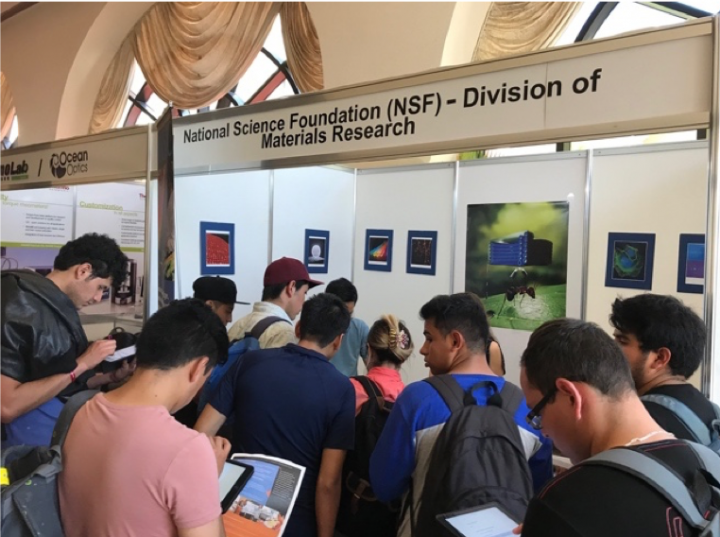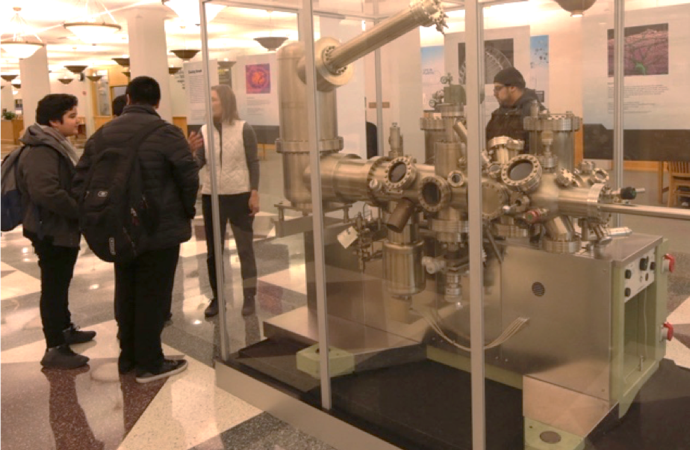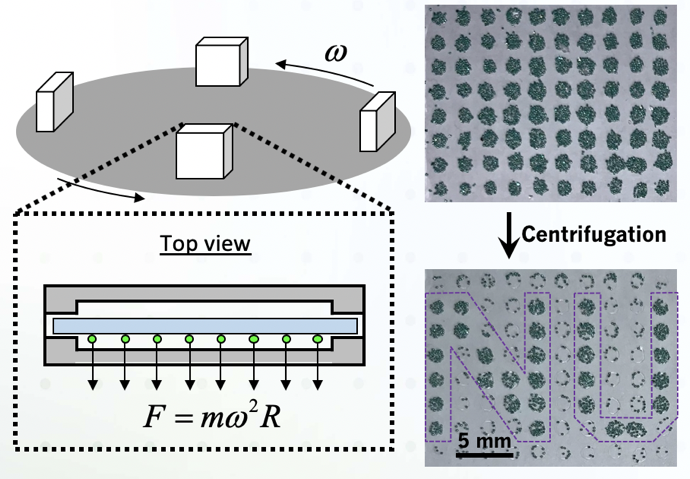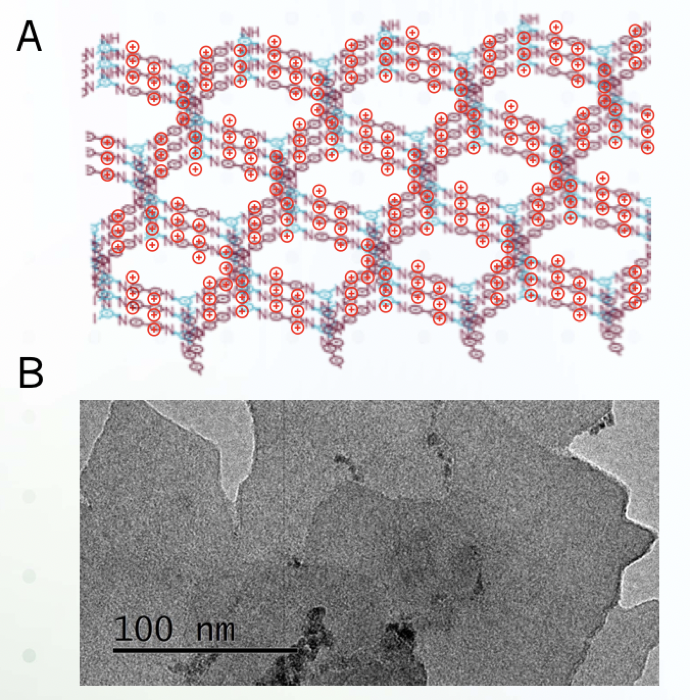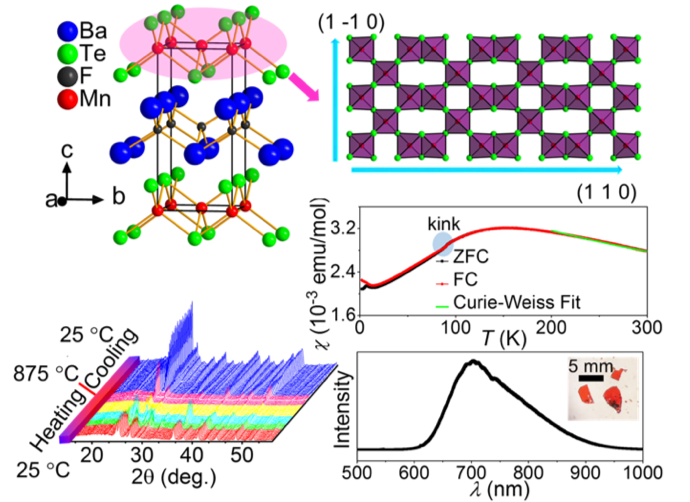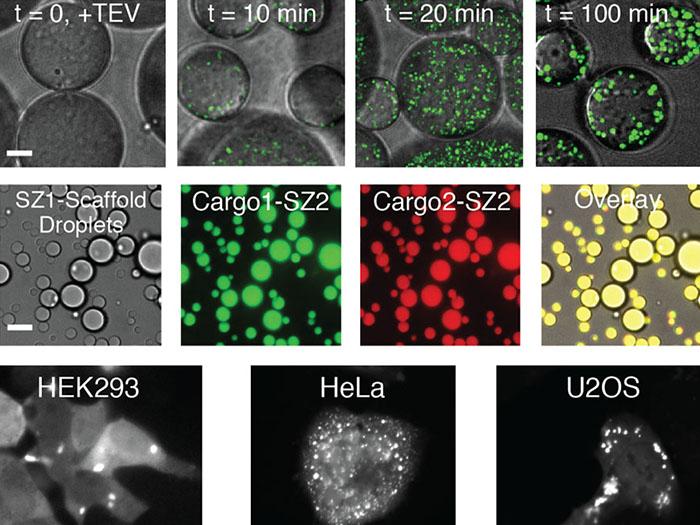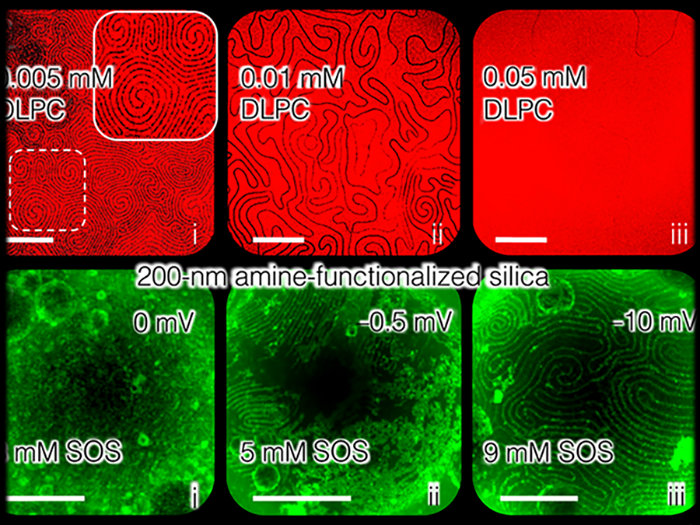The NSF-MRSEC booth was featured at the XXVII International Materials Research Congress (IMRC) in Cancun, Mexico on August 19-24, 2018 to increase awareness, promote international collaboration, and broaden participation from traditionally underrepresented groups in the National Science Foundation Materials Research Science and Engineering Center (NSF-MRSEC) program.

